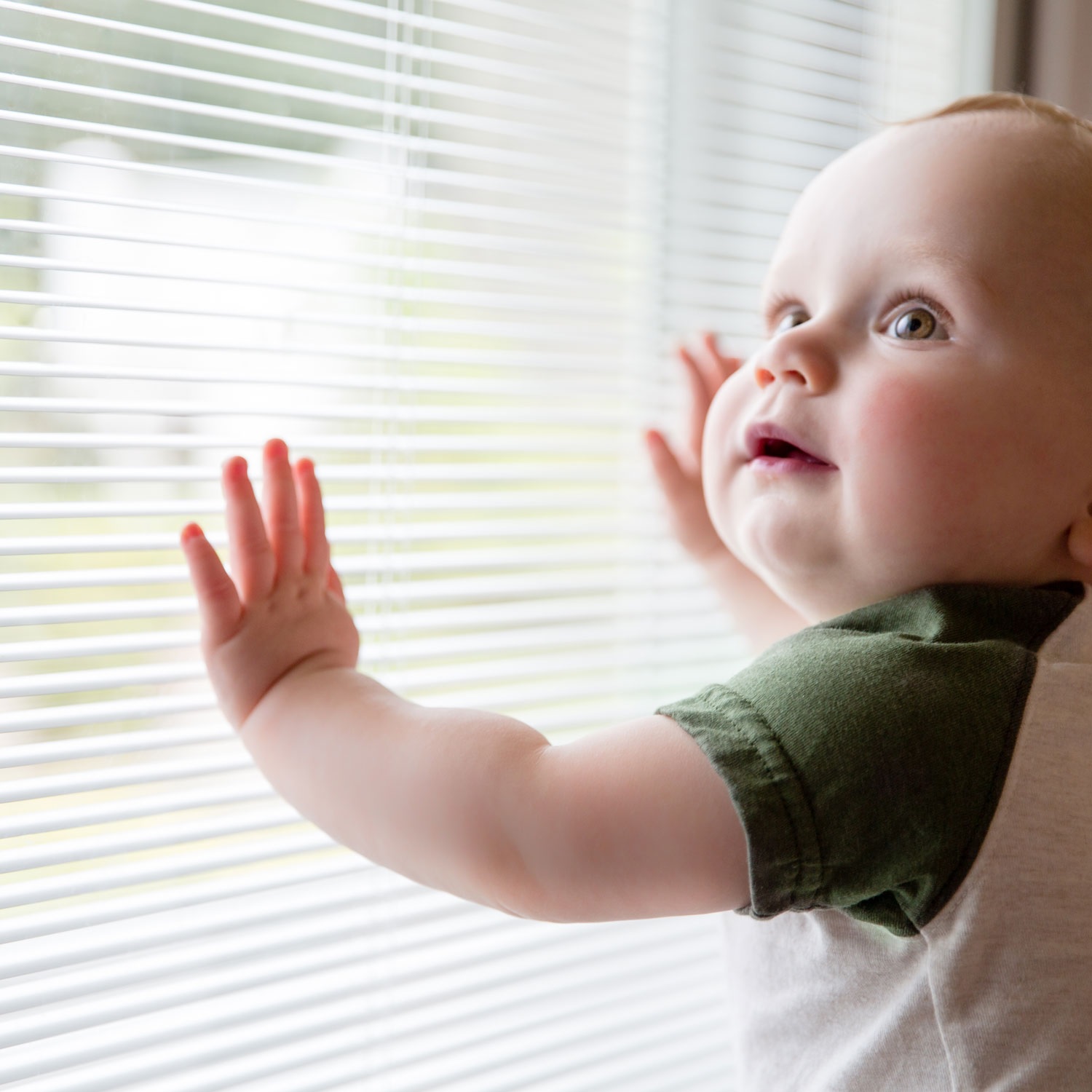Window shades provide privacy, light control, and aesthetic appeal to our homes and workplaces. However, without adequate safety measures, they can pose potential hazards, especially to young children. In recent years, the focus on window shade safety has increased, leading to the establishment and enforcement of various safety standards and regulations. This article explores the importance of window shade safety, key safety standards, and regulations, as well as practical tips for ensuring a safer environment for everyone.
The Importance of Window Shade Safety
Window shades, particularly those with cords, can present accidental strangulation risks for young children. Tragically, incidents involving corded window coverings have led to serious injuries and fatalities. To prevent such accidents, it is crucial to adhere to safety standards and regulations designed to address these risks effectively.
Key Safety Standards and Regulations
- ANSI/WCMA A100.1-2020: The American National Standard for Safety of Corded Window Covering Products is a comprehensive safety standard set by the Window Covering Manufacturers Association (WCMA). It covers various window coverings, including blinds, shades, and curtains with accessible cords. Compliance with this standard ensures that products sold in the United States meet minimum safety requirements, including the use of cord stops, tension devices, and warning tags.
- ISO 60335-2-97: This International Organization for Standardization (ISO) standard specifically addresses the safety of electrically operated window coverings, such as motorized blinds and shades. It provides guidelines for electrical safety, risk assessment, and safety-related information in the user manual.
- European standard EN 13120:2014+A1:2020: This European standard outlines safety requirements for internal blinds, including performance characteristics and test methods. It covers cord and chain safety devices, warning labels, and child safety requirements.
- Child Safety Regulations (United States): In addition to voluntary standards, the U.S. Consumer Product Safety Commission (CPSC) implemented mandatory safety regulations for corded window coverings in 2018. These regulations require manufacturers to produce cordless or inaccessible cord window coverings or include safety devices to prevent hazardous loops.
Tips for Ensuring Window Shade Safety
- Choose Cordless Options: Opt for cordless window shades whenever possible. Cordless blinds and shades eliminate the risk of accidental strangulation associated with accessible cords.
- Retrofit with Safety Devices: If you have existing corded window shades, retrofit them with safety devices like cord cleats or tension devices. These accessories can help keep cords out of reach of young children.
- Position Furniture Thoughtfully: Keep cribs, beds, and furniture away from windows with corded window coverings. This prevents children from climbing and accidentally getting tangled in the cords.
- Educate Household Members: Make sure everyone in the household, including babysitters and visitors, is aware of the potential hazards associated with window shade cords and the safety measures in place.
- Regular Inspections: Routinely inspect window coverings for any damaged or malfunctioning parts, and replace or repair them immediately.

Window shades add style and functionality to our living spaces, but ensuring their safety is paramount, especially for households with young children. Adhering to established safety standards and regulations, choosing cordless options, and retrofitting existing shades with safety devices can significantly reduce the risk of accidents. By taking proactive measures, we can create a safer environment and enjoy the benefits of window shades with peace of mind.
FOLLOW US ON SOCIAL

